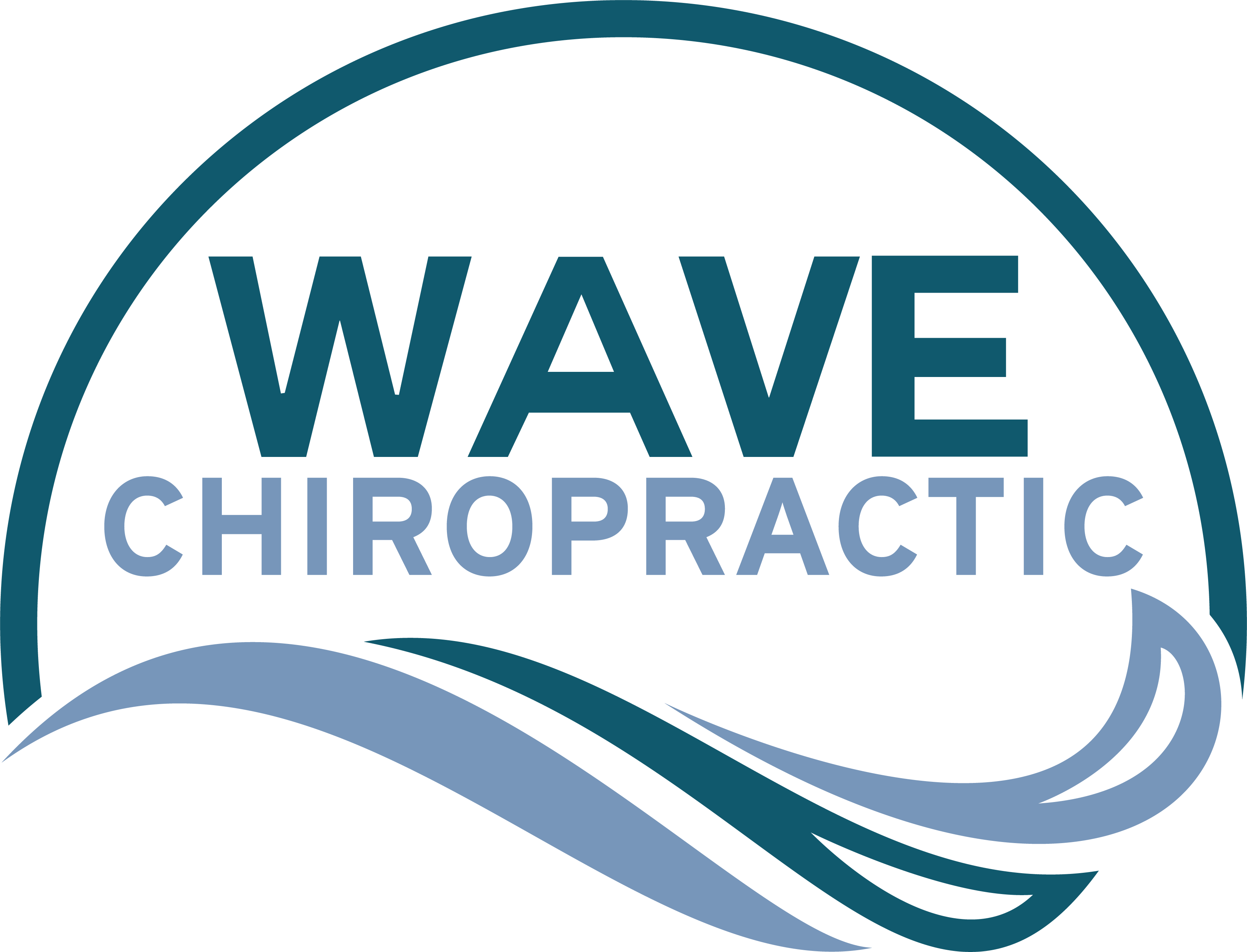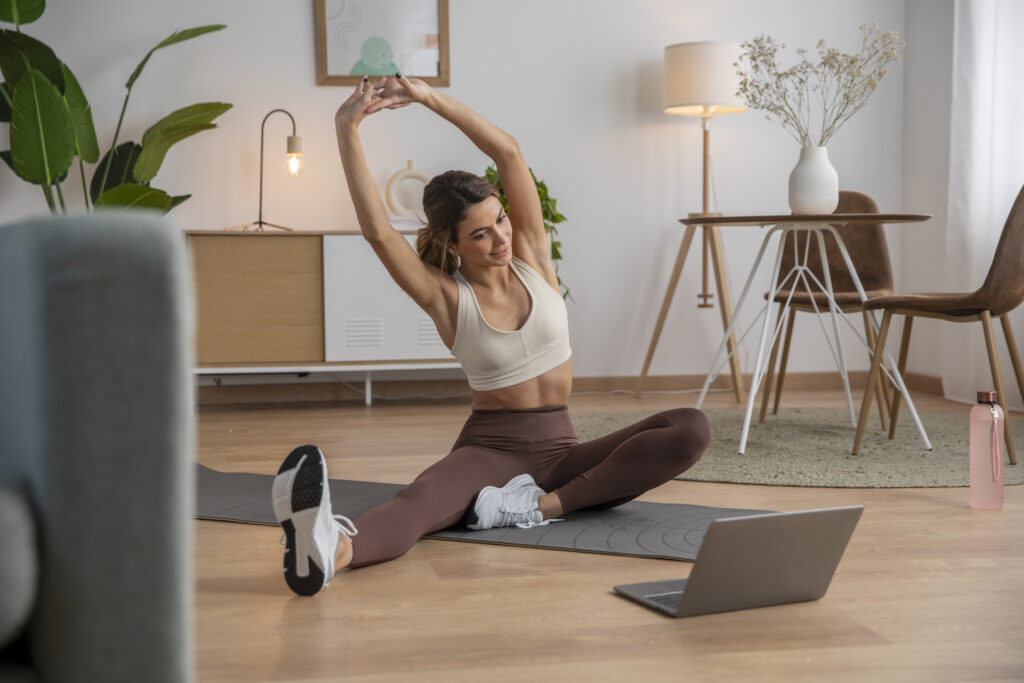You know that flexibility plays an essential role in your overall health, but do you realize how effective care solutions can elevate your progress? By integrating various stretching techniques and mindful practices like yoga or Pilates, you can enhance your muscle performance and reduce discomfort. However, it's not just about the exercises; consistency and the right support can be game-changers in your journey. As you consider these elements, you might wonder what specific strategies can truly make a difference in your routine and help you achieve lasting results.
Understanding Flexibility and Its Benefits
Flexibility is more than just being able to touch your toes; it's an essential aspect of physical fitness that impacts your overall health and well-being. When you think of flexibility, you might picture yoga poses or gymnasts, but it goes beyond that. It's about how well your muscles and joints can move through their full range of motion. The more flexible you are, the easier everyday activities become.
Improved flexibility can help you perform better in sports and physical activities. Whether you're running, lifting weights, or playing a game, your body benefits from increased range of motion. This means you can reach, twist, and stretch without straining your muscles or risking injury.
You'll find that tasks like bending to tie your shoes or reaching for something on a high shelf become simpler and more comfortable.
Additionally, flexibility plays a crucial role in reducing muscle soreness after workouts. When your muscles are flexible, they recover faster, allowing you to maintain a consistent exercise routine.
You'll also notice it can improve your posture. Tight muscles can pull your body out of alignment, leading to discomfort and pain. By enhancing your flexibility, you create a more balanced physique, reducing the risk of future injuries.
Incorporating flexibility into your fitness regimen won't only enhance your physical performance but also contribute to your overall quality of life.
The Role of Stretching
Stretching serves as a fundamental practice in enhancing your flexibility and overall physical performance. When you incorporate regular stretching into your routine, you not only improve your range of motion but also set the stage for better physical activities.
Here's how stretching plays an important role in your daily life:
- Increases Blood Flow: Stretching boosts circulation, which warms up your muscles and prepares them for physical exertion. This increased blood flow can help reduce muscle soreness and speed up recovery times.
- Improves Posture: Regular stretching can help counteract the effects of prolonged sitting and poor posture. By targeting tight muscles, you can realign your body, making you feel more balanced and comfortable throughout the day.
- Enhances Athletic Performance: Whether you're a seasoned athlete or just starting your fitness journey, stretching can enhance your performance. Flexible muscles can generate more power and agility, allowing for improved speed and efficiency in your movements.
Incorporating stretching into your routine can lead to significant benefits for your body and mind. By dedicating just a few minutes each day to stretch, you're investing in your overall well-being.
Effective Stretching Techniques
When it comes to improving your flexibility, knowing effective stretching techniques is essential to making real progress. There are two primary types of stretching you should focus on: static and dynamic.
Static stretching involves holding a stretch for a specific duration, usually between 15 and 60 seconds. This method is great for increasing overall flexibility and should be done after your workouts when your muscles are warm.
On the other hand, dynamic stretching incorporates movement and is best performed before your workouts. It prepares your muscles for action and helps improve your range of motion. Some effective dynamic stretches include leg swings, arm circles, and walking lunges. These movements promote blood flow and warm up your muscles, reducing the risk of injury.
When you stretch, remember to focus on your breathing. Inhale deeply and exhale as you deepen the stretch. This helps relax your muscles and enhances the effectiveness of the technique. It's important to never force a stretch; always listen to your body and avoid pushing yourself into pain.
Additionally, consistency is essential. Aim to stretch regularly—ideally, at least three to four times a week. You might also consider incorporating a variety of stretches targeting different muscle groups, such as hamstrings, hip flexors, and shoulders, to achieve balanced flexibility.
Incorporating Yoga and Pilates
Yoga and Pilates offer excellent ways to enhance your flexibility while also building strength and improving overall body awareness. Both practices focus on controlled movements and mindful breathing, which can help you become more in tune with your body.
As you incorporate these disciplines into your routine, you'll notice significant improvements in your flexibility, balance, and posture.
To get started, consider these three key elements:
- Choose the Right Style: Different styles of yoga and Pilates can target various aspects of flexibility. Hatha yoga is great for beginners, while Vinyasa can provide a more dynamic flow. For Pilates, mat classes focus on core strength, while reformer classes add resistance.
- Be Consistent: Aim to practice yoga or Pilates at least two to three times a week. Consistency is essential for progress. Set aside dedicated time in your schedule, and treat it as an important appointment for your well-being.
- Listen to Your Body: Pay attention to how your body feels during each session. If a pose or movement doesn't feel right, modify it or skip it altogether. The goal isn't to push yourself to the limit but to gradually increase your range of motion and flexibility.
Utilizing Foam Rolling
Foam rolling can be a game changer for improving flexibility and reducing muscle tension. This simple yet effective technique helps release tightness in your muscles, making it easier for you to move and stretch. By rolling out your muscles, you enhance blood flow and promote recovery, setting the stage for better flexibility.
To get started, find a foam roller that suits your needs. There are various densities available, so choose one that feels comfortable yet effective. Begin by targeting major muscle groups like your calves, quadriceps, hamstrings, and back. When you roll over a tight spot, pause and apply pressure for about 20 to 30 seconds. This technique helps break up knots and tension.
You can also incorporate foam rolling into your warm-up routine. Spend a few minutes rolling before your workout to prepare your muscles for activity. This increases blood circulation and can improve your range of motion, allowing you to perform exercises more effectively.
After your workout, foam rolling can aid recovery and alleviate soreness. Try to foam roll at least two to three times a week, but listen to your body. If you encounter particularly tight areas, don't hesitate to spend extra time there.
Ultimately, you'll find that regular foam rolling not only enhances your flexibility but also contributes to overall muscle health. So grab your foam roller, and start rolling your way to improved flexibility and reduced tension!
Exploring Professional Therapies
How can professional therapies enhance your flexibility journey? By tapping into the expertise of trained professionals, you can greatly improve your flexibility and overall well-being. Various therapies can address specific issues, helping you achieve your goals more effectively. Here are three key therapies to examine:
- Physical Therapy: A licensed physical therapist can assess your flexibility limitations and create a tailored program to target those areas. They'll use techniques like stretching, strengthening exercises, and manual therapy to help you progress safely.
- Chiropractic Care: Chiropractors focus on spinal alignment and joint mobility. By ensuring your spine and joints are functioning properly, they can enhance your overall flexibility. Regular adjustments may also help alleviate tension, allowing your muscles to perform better.
- Massage Therapy: Therapeutic massage can work wonders for tight muscles and fascia. A skilled massage therapist uses various techniques to release tension, improve circulation, and promote relaxation. This not only helps with flexibility but also aids in recovery after intense workouts.
Incorporating these professional therapies into your routine can provide a solid foundation for your flexibility journey. They equip you with the knowledge and tools necessary to work on your specific needs, allowing you to open up your body's potential.
Don't hesitate to explore these options; you might find that a little professional help goes a long way in boosting your flexibility.
Establishing a Consistent Routine
Creating a consistent routine is essential for enhancing your flexibility and reaping long-term benefits. By establishing a dedicated schedule, you can make stretching and flexibility exercises a natural part of your day. Start by choosing specific times that work best for you, whether it's in the morning, during lunch, or in the evening.
Consistency is key; try to stick to this schedule to build a habit. Incorporate a variety of stretches targeting different muscle groups to guarantee a well-rounded approach. Focus on dynamic stretches before workouts and static stretches afterward. You might also consider integrating yoga or Pilates sessions, as these practices promote flexibility and overall body awareness.
Don't forget to listen to your body. If you feel any discomfort, adjust your routine accordingly. It's important to challenge yourself, but pushing too hard can lead to injuries. Gradually increase the intensity and duration of your stretches as your flexibility improves.
To keep yourself motivated, set realistic goals and track your progress. You could keep a journal or use an app to record your flexibility milestones. Celebrate small victories along the way to stay engaged.
Lastly, consider joining a class or finding a workout buddy. Having someone to share your journey with can provide extra motivation and accountability. By establishing and sticking to a consistent routine, you'll notice significant improvements in your flexibility, making everyday movements easier and more enjoyable.
Conclusion
Incorporating these effective care solutions into your routine will considerably boost your flexibility and overall well-being. By embracing stretching techniques, yoga, Pilates, and foam rolling, you'll not only enhance your muscle performance but also reduce tension and soreness. Remember to stay consistent, set achievable goals, and don't hesitate to seek professional support or engage with a community. With dedication and these strategies, you'll enjoy steady progress and a more flexible, healthier you!


